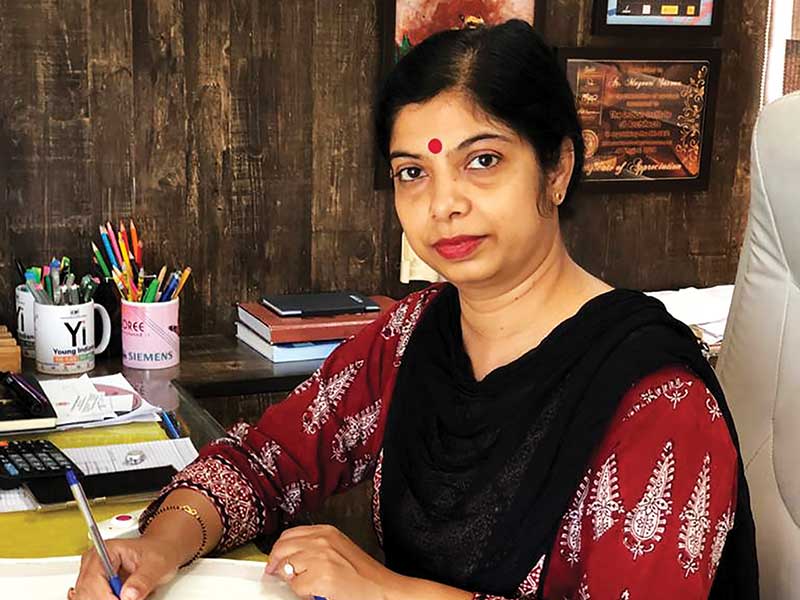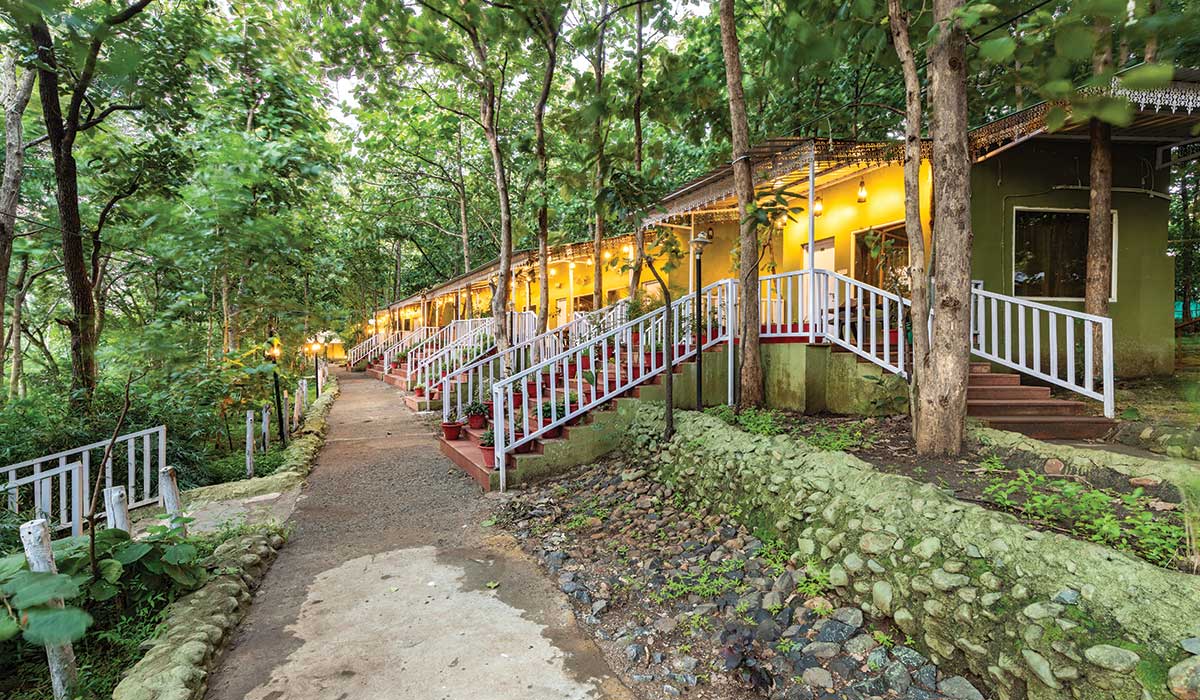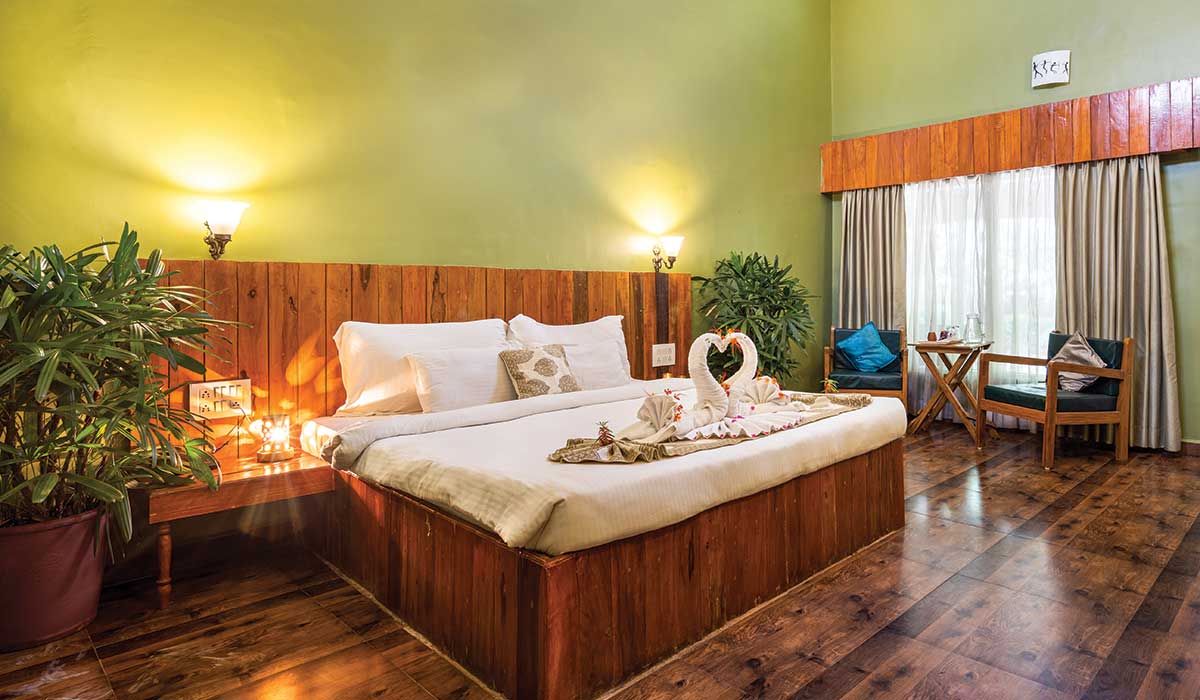
The pandemic has forced us to re-evaluate our thought process behind every design concept, especially in the design of public areas. It is an opportunity for designers to incorporate innovative notions, techniques, and strategies in blueprints. Our designs should ensure a healthier place by paying more attention to the environment and the impact we are having on the planet. The pandemic is a realisation that there is no longer a place for unthoughtful developments and buildings.
Designing quality places requires customized solutions based on an assessment of the context and needs of the clients. These solutions should optimise the economic, social, environmental, and cultural values of the place.
The right blend of aesthetics, habitability, inclusiveness, affordability, environmental-friendly construction methods and materials can contribute to a positive quality of built environment. The quality of a place is therefore the consequence of numerous corelated factors.
Focus on sustainability and nature-based designs will be of prime importance.
At the most basic level, the pandemic has highlighted the importance of hygiene and safety, giving popularity to contact-less technology, facial recognition technology, automated doors, voice-activated elevators, cell phone-controlled hotel room entry, hands-free light switches and temperature controls, automated luggage bag tags, and advanced airport check-in and security.
The pandemic has certainly made people think more about those parts of their home that were usually not designed. Service entrances, zones for hand wash, stores for incoming produce from markets, small modular spaces that can be disinfected, and sound proofing of the office room in residences are in demand by clients.

Traditional building materials are getting replaced by safer, healthier, and more advanced “smart” materials.
Smart building materials are specially designed with numerous properties and can be controlled by external factors like temperature, magnetic or electric fields, and moisture. Rapid advancements in smart building materials like Smart Glass, Switchable Glass Partitions, Shape Memory Alloys, Solar Control PDLC Films, and Translucent Concrete are some smart and sustainable techniques which will help designers improve their designs and get them future-ready for public safety and energy efficiency.
Materials with anti-viral properties such as copper and brass, antibacterial fabrics, details with reduced flat surfaces, and installing ventilation systems that allow for removing potentially contaminated air from any given area will gain popularity. The pandemic has increased the desire for greater amenity and more mixed-use development. The main focus in interiors has been on bringing the outside into our living spaces, making sure that the air we breathe is fresh and full of oxygen.

Adapting to trends is a continuous process in order to effectively create a symbiotic relationship between the building and its users.
Architects are masters of design: they can design for diverse tastes and different locations. The architectural custom to keep pace with the latest requirements, revised codes of development, and new designing tools make it easy for architects to accept and adapt new trends. Adaptability helps to achieve a safe, healthy, effective, responsive, harmless, environment-friendly, and well-integrated building, and thus ensures long-term value.















